Reply To: Empowering Students to Inquire in a Digital Environment
Home › Forums › The nature of inquiry and information literacy › Empowering Students to Inquire in a Digital Environment › Reply To: Empowering Students to Inquire in a Digital Environment
What an interesting discussion we are engaged in about inquiry in the digital environment. I have read each of your entries with great interest and find myself puzzling over many of the same issues as you. Although we know that there are many skills and attitudes that are important for inquiry learning itself, whether it is pursued in the print or the digital environment, I am intrigued by the new or enhanced competencies demanded by inquiry in the online context.
I would like to pose some areas that we might explore more deeply together in our conversation on March 28. I recognize the challenges inherent in each of these areas, but I am still trying to figure out how I might help students overcome those challenges. What practical strategies can we figure out together?
1. Visual literacy. The online environment uses visual images, placement, highlighting, color, and attention-focusing techniques to implicitly guide the reader’s sense-making. If something is set aside in a box or presented graphically, then the reader may automatically classify that information as more important than other information embedded in the text. The seduction of visuals may encourage our students to hop from one visual to the next, gathering superficial first impressions and losing the context of the surrounding text.
2. Homogeneity of online information. Darryl mentioned that, with the glut of information now available online, learners must shift their focus from simply finding information to assuming responsibility for determining the reliability of information. Part of the dilemma for students is that all online information can appear to be homogeneous, to have the same value and authority. Blogs, student projects, texts by both experts and nonexperts, organizational websites, opinion pieces, commercial messages – all can be designed to appeal and attract readers or at least clicks. Two aspects of the CRAAP test that Jenny referred to seem to be the most relevant to help students differentiate among seemingly equal sources – authority and purpose. How can we help students learn to determine both authority and purpose, select the most reliable information for their academic pursuits, and carry that discernment over to their personal online searching?
3. Diverse perspectives. I am troubled by the impact of the digital environment on the diversity of the content of the information that students find. I think it is difficult for students to find credible and authoritative information from diverse perspectives, both because it is difficult to figure out the search strategies that will yield equally valid information from different points of view and because we seem to be naturally inclined to succumb to confirmation bias. The lateral and linked nature of much online information offers students the opportunity to gather additional information by following the links in their initial source, but the linked information is, of course, written from the same perspective. How do we enable students to seek, find, and pay attention to diverse perspectives?
4. Deep reading. Students (and all of us, for that matter) tend to read online texts superficially. Several of you noted that you print out any document that requires deep reading and reflection; I do the same. I understand that we cannot expect our students to print out every article they encounter. There are a number of deep reading strategies that we should teach during the inquiry process, but I still have some questions about how to enable students to interact with online text, make sense of the information they find, and use that information to drive their original thinking and new understandings. I think students get a lot of value from taking notes and reflecting by hand, so I think I would forego teaching students online notetaking. Instead, I would expect students to use graphic-organizer notetaking templates that provoke their deep reading, thinking, and personal connections while they are taking notes. I would probably modify the graphic organizers to align with different formats of information (e.g., podcasts, photos, data sets). I am interested in practical strategies that others have developed to foster deep reading in the online environment.
Those are a few of the areas where we might explore in our conversation next Sunday. I look forward to meeting all of you online.


